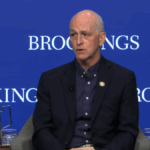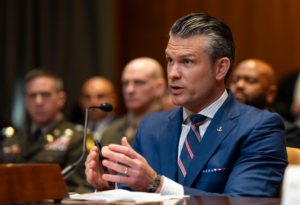
With larger budgets on the way, the Cybersecurity and Infrastructure Security Agency (CISA) is currently analyzing the size of the workforce it needs and one likely takeaway will be an expansion of its workforce outside the nation’s capital region to improve its work with state and local governments and the private sector, the agency’s chief said last Friday. In addition to further building the workforce with greater resources, the agency also expects to bolster its capabilities in hunting threats on…

 By
By 











